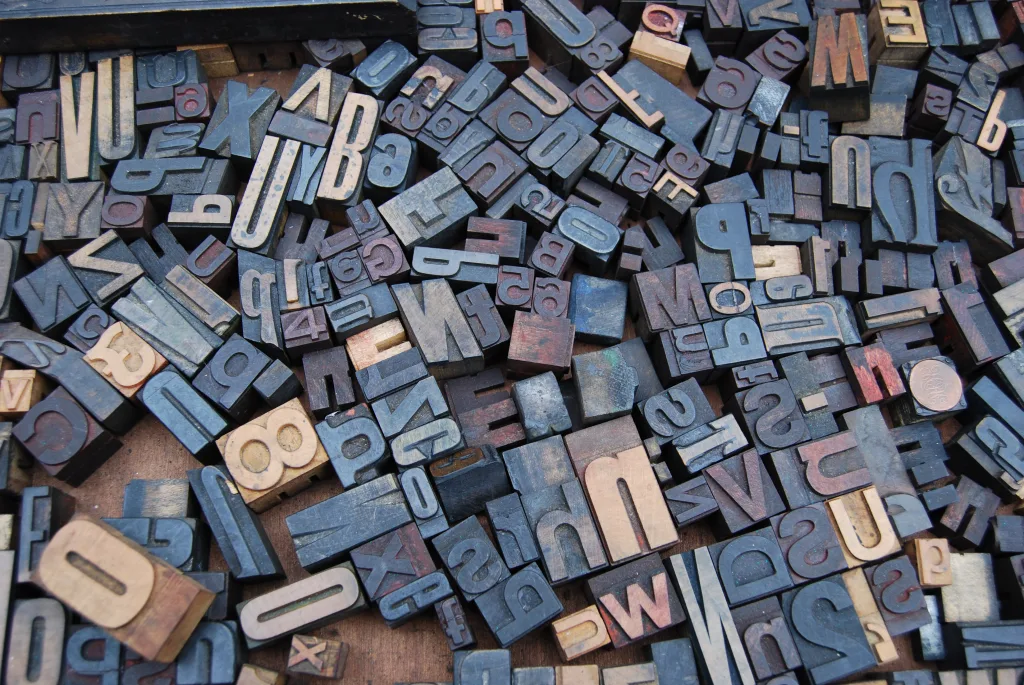In the vast realm of language and literature, there exists a captivating technique known as alliteration. It is a powerful tool that can enrich writing, adding rhythm, emphasis, and musicality to the words penned on a page. Alliteration occurs when multiple words in a series begin with the same letter, creating a harmonious and melodic effect that can leave a lasting impression on readers.
The use of alliteration can be traced back to ancient times when poets and storytellers would weave enchanting tales using this literary device. From epic poems to children’s rhymes, alliteration has found its way into various forms of writing, captivating audiences of all ages.
One of the most famous examples of alliteration is the phrase “Peter Piper picked a peck of pickled peppers.” This tongue twister showcases the playful nature of alliteration, as the repeated “p” sound dances across the sentence, creating a delightful and memorable experience for the reader or listener.
Alliteration can be a powerful tool in capturing attention and creating a sense of rhythm and flow within a piece of writing. It can be used to create vivid imagery, evoke emotions, and emphasize key ideas or concepts. By repeating the initial sound of words, alliteration provides a sense of cohesion and unity, tying together a series of thoughts or ideas.
For example, consider the sentence, “Sally sells seashells by the sea shore.” The repetition of the “s” sound not only adds a musical quality to the sentence but also paints a vivid picture of Sally’s seaside market, filled with the beauty and wonder of the ocean.
In addition to its aesthetic appeal, alliteration can also serve as a mnemonic device, aiding in memory retention. By repeating sounds, alliteration helps to reinforce key ideas or concepts, making them more memorable for readers or listeners. This is why alliteration is often used in advertising slogans, catchy headlines, and memorable quotes.
As a writer, incorporating alliteration into your work can be a powerful way to engage your audience and make your writing more impactful. However, it is important to use alliteration judiciously and purposefully. Overusing alliteration can detract from the clarity and coherence of your writing, creating a distracting and artificial effect. It is essential to strike a balance, using alliteration to enhance your message without overshadowing its substance.
Alliteration is a versatile and captivating literary device that can elevate your writing to new heights. Whether used for creative expression, mnemonic purposes, or simply to add a touch of musicality to your words, alliteration has the power to captivate and engage readers. So, embrace the beauty of multiple words starting with the same letter, and let the magic of alliteration infuse your writing with its melodic charm.
What Are The 5 Examples Of Alliteration?
1. “Peter Piper picked a peck of pickled peppers.” This famous tongue twister is a prime example of alliteration, as the repeated “p” sound creates a rhythmic and memorable phrase.
2. “Sally sells seashells by the seashore.” Another classic alliteration example, this phrase showcases the repeated “s” sound, which adds a playful and melodic quality to the sentence.
3. “Betty Botter bought some butter, but she said the butter’s bitter.” This alliterative sentence emphasizes the repeated “b” sound, creating a catchy and tongue-twisting phrase.
4. “She sells sea shells down by the sea shore.” This sentence exhibits alliteration by repeating the “s” sound, similar to the previous example. The use of alliteration in this phrase adds a musical and rhythmic quality to the sentence.
5. “Walter walked wearily while whistling a whimsical tune.” Here, the repeated “w” sound throughout the sentence showcases alliteration. This example demonstrates how alliteration can enhance the flow and sound of a sentence, making it more interesting and engaging to read or hear.

What Are The 3 Types Of Alliteration?
There are actually four types of alliteration commonly found in literature. These include general alliteration, consonance, assonance, and unvoiced alliterations.
1. General Alliteration: This is the most basic form of alliteration, where the initial sounds of a series of words are repeated. For example, “Peter Piper picked a peck of pickled peppers.” In this sentence, the “p” sound is repeated at the beginning of each word.
2. Consonance: Consonance refers to the repetition of consonant sounds, not just at the beginning of words, but also in the middle or at the end of words within a sentence or phrase. For example, “All’s well that ends well.” Here, the repetition of the “l” sound gives a musical quality to the phrase.
3. Assonance: Assonance is the repetition of vowel sounds within words that are close to each other. It creates a sense of rhythm and musicality in the text. An example of assonance is seen in Edgar Allan Poe’s poem “The Raven”: “Once upon a midnight dreary, while I pondered, weak and weary.” The repetition of the long “e” sound in “dreary” and “weary” adds a melodic quality to the poem.
4. Unvoiced Alliterations: Unvoiced alliterations occur when the repeated sound is a consonant without using the vocal cords, such as “s,” “f,” or “sh.” For example, “She sells seashells by the seashore.” The repeated “s” sound creates a smooth and flowing effect in the sentence.
These different types of alliteration can be used by writers to add rhythm, emphasis, and musicality to their works, creating a more engaging and memorable reading experience for the audience.
What Is An Example Of Alliteration?
Alliteration is a literary device that involves the repetition of initial consonant sounds in words that are close together. It is used to create rhythm, emphasize certain words or phrases, and make a text more memorable. Here is an example of alliteration:
“Peter Piper picked a peck of pickled peppers.”
In this sentence, the repeated “p” sound in “Peter Piper picked a peck of pickled peppers” creates alliteration. The repetition of the “p” sound adds a musical quality to the sentence and makes it more pleasing to the ear.
Another example of alliteration is:
“Sally sells seashells by the sea shore.”
In this sentence, the repeated “s” sound in “Sally sells seashells by the sea shore” is an example of alliteration. The repetition of the “s” sound adds a smooth and flowing quality to the sentence.
Alliteration can also be used in questions, such as:
“How much wood could a woodchuck chuck if a woodchuck could chuck wood?”
In this question, the repeated “w” sound in “woodchuck chuck” and “wood could” creates alliteration. The repetition of the “w” sound adds a playful and tongue-twisting quality to the question.
Alliteration is a powerful literary tool used to enhance the sound and impact of written or spoken language. It adds a rhythmic quality to texts and helps make them more engaging for the reader or listener.
What Counts As Alliteration?
Alliteration is the artistic arrangement of words that share the same initial sound or letter, employed to add emphasis, rhythm, and musicality to a piece of writing. It is a literary device that involves the repetition of consonant sounds at the beginning of successive words or stressed syllables. Alliteration can be found in various forms, such as phrases, sentences, and even entire poems or paragraphs. It is not limited to a specific number of words or a particular order, but rather focuses on the repetition of the initial sound to create a pleasing and memorable effect.

Conclusion
Multiple words can be a powerful tool in writing, especially when used in the form of alliteration. Alliteration, which is the repetition of the same sound at the start of a series of words, adds a unique and captivating element to any piece of writing. It not only creates a rhythmic and musical quality, but also helps to emphasize certain words or phrases, making them more memorable to the reader.
By using multiple words in alliteration, writers can create a sense of cohesion and flow in their writing. It adds a sense of unity and harmony to the words, allowing the reader to feel a connection and engagement with the text. Additionally, alliteration can also enhance the overall tone and mood of the writing, whether it be lulling, lyrical, or emotive. It adds an audible pulse to the writing, drawing the reader in and keeping them engaged.
Furthermore, alliteration can also be used to convey meaning and enhance the impact of certain words or ideas. By repeating specific sounds, writers can draw attention to important concepts or highlight key themes. This repetition can create a sense of emphasis and significance, making the words stand out in the reader’s mind.
In the realm of SEO writing, alliteration can be a valuable technique to employ. It can make the content more memorable and engaging for readers, which in turn can lead to increased traffic and visibility for a website or blog. Additionally, alliteration can also help with brand recognition and establish a unique voice for a company or individual.
Multiple words and alliteration in writing have the power to captivate, engage, and leave a lasting impression on readers. It is a technique that should be utilized thoughtfully and purposefully, as it can greatly enhance the effectiveness and impact of any piece of writing.
